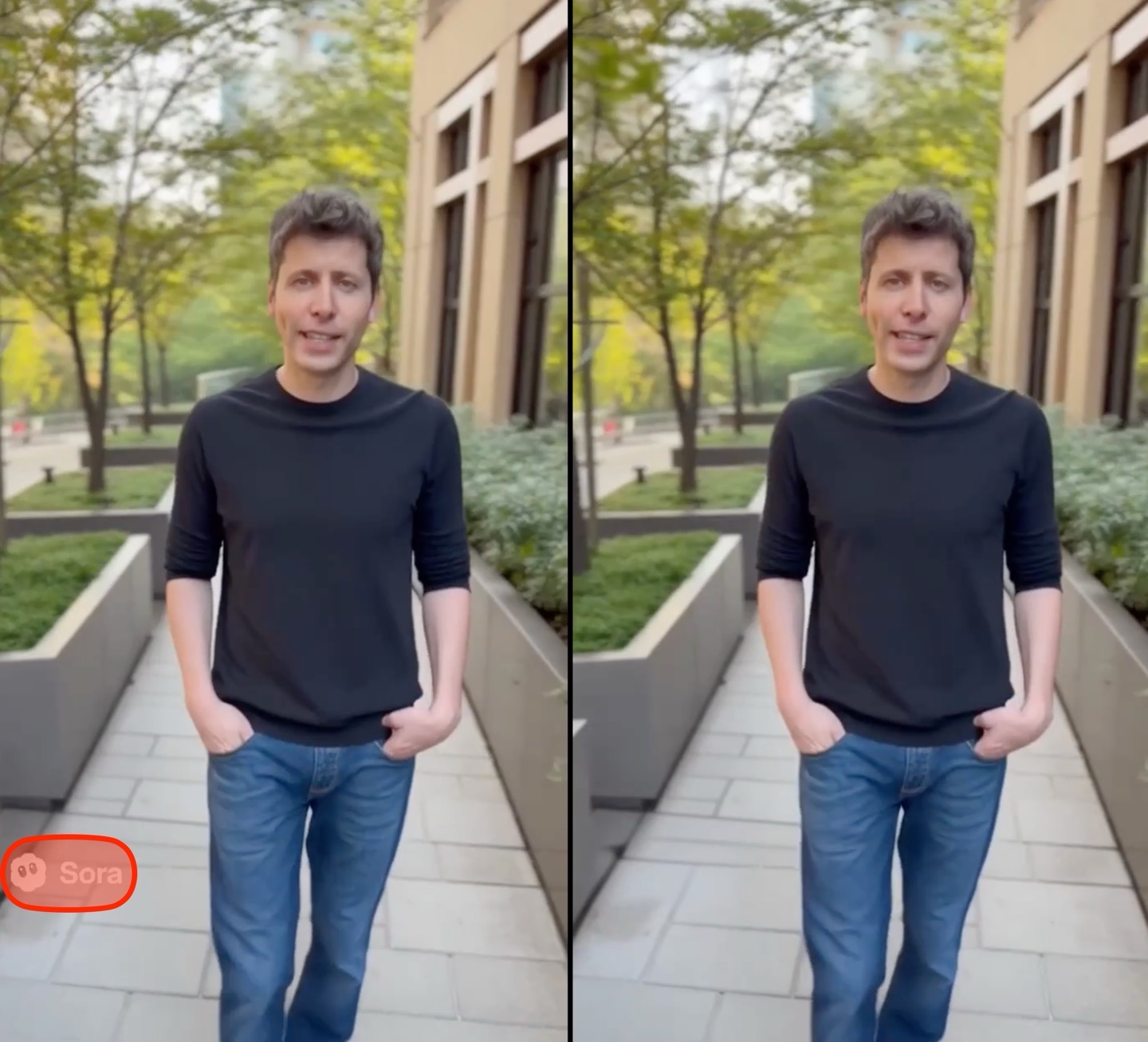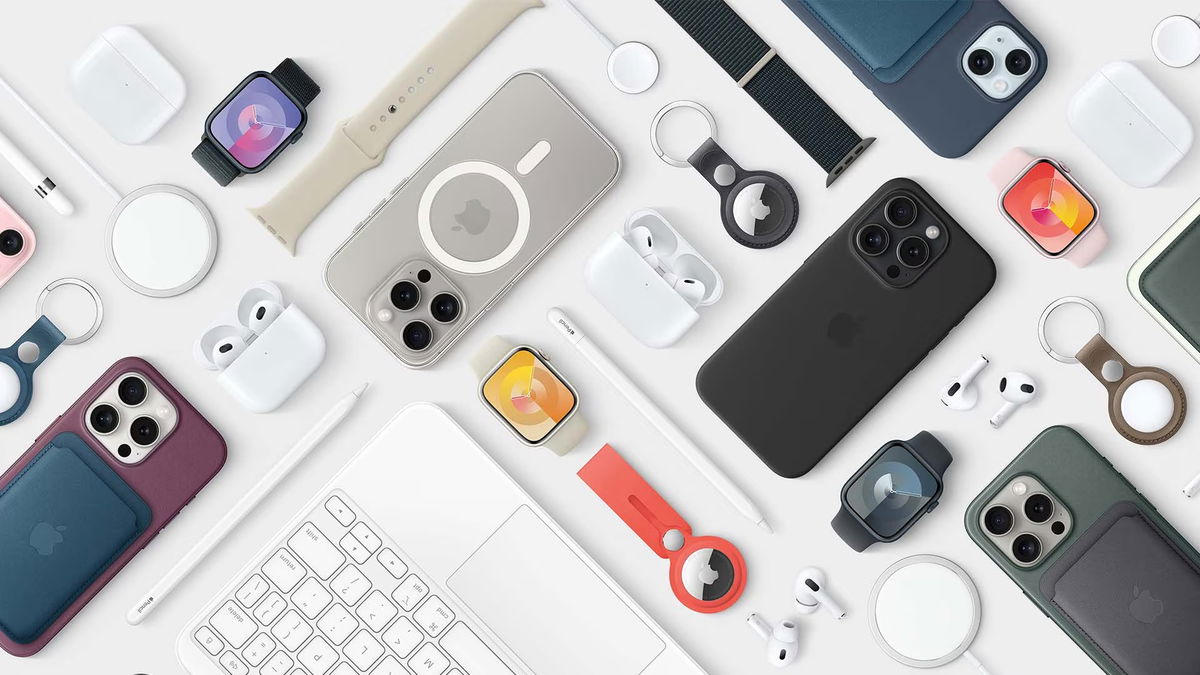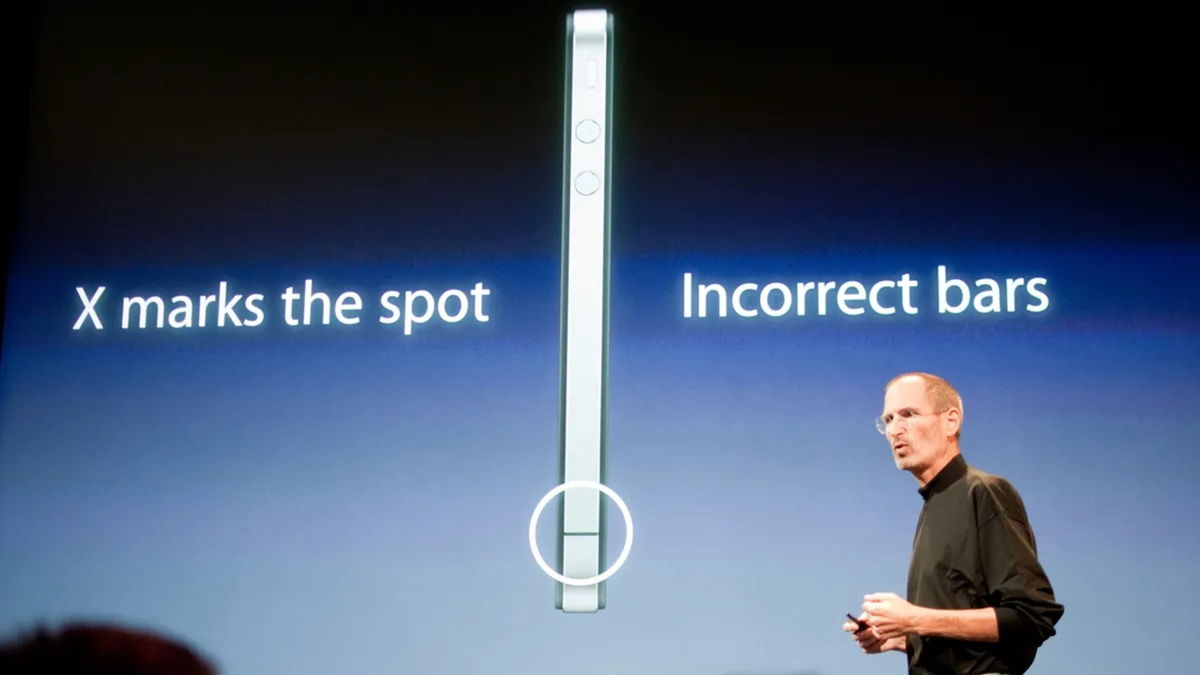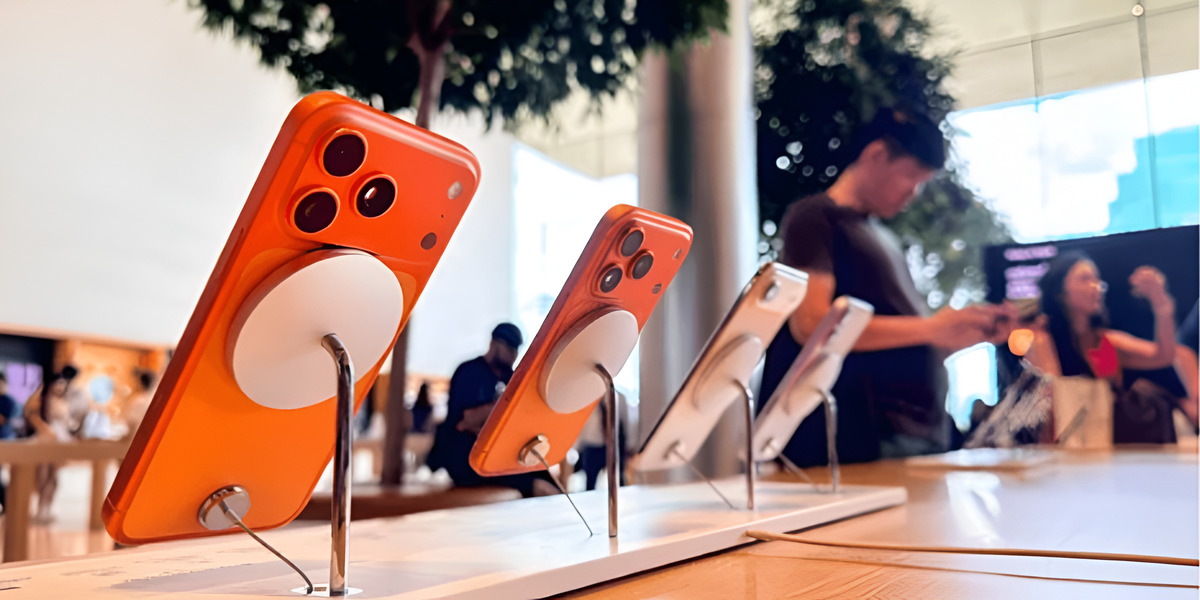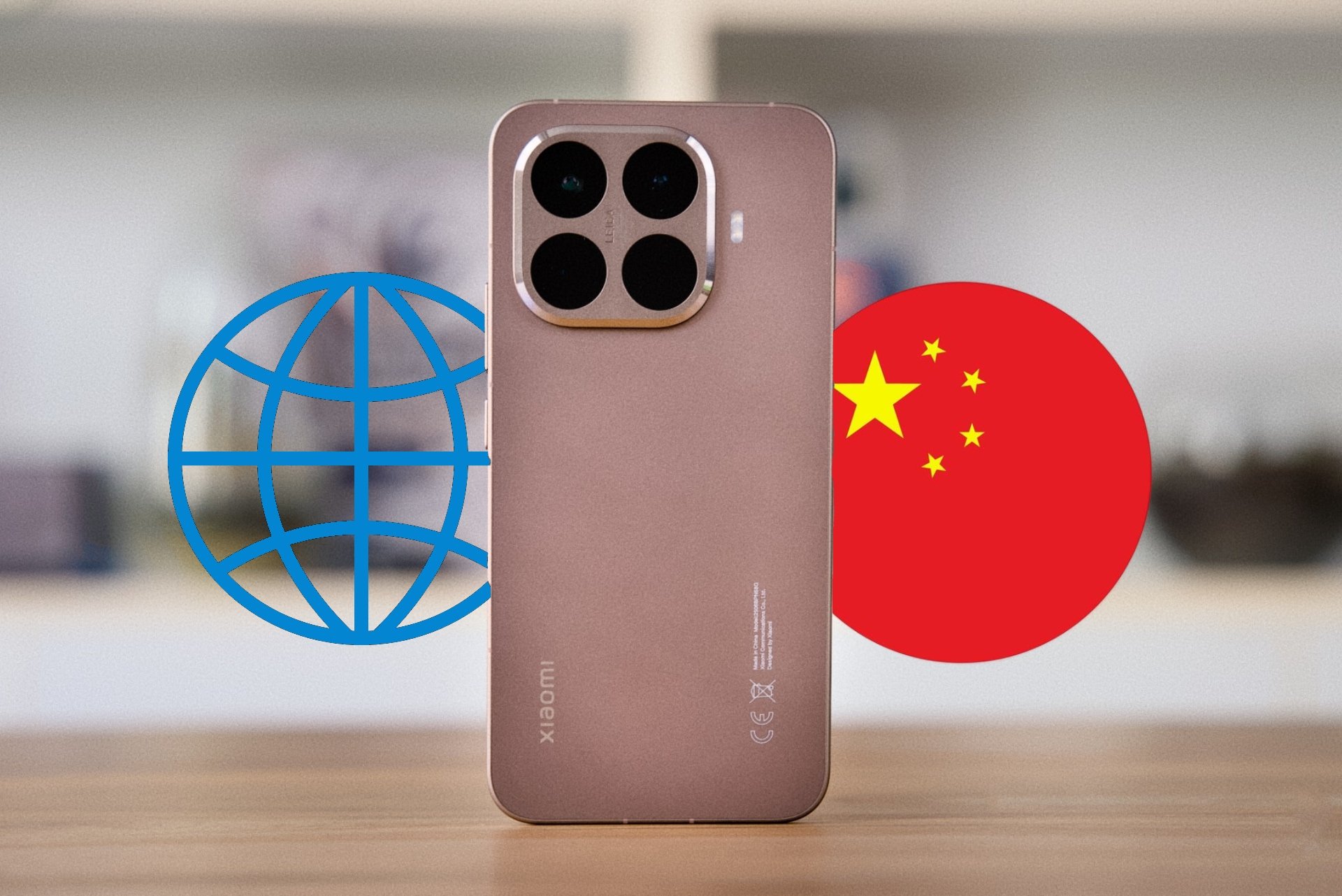It has happened to all of us: we are at a point where our cell phone has no signalso in desperation to get at least one bar that will call that long-awaited WhatsApp, we lift the cell phone with our hand. But does it really work? To explain what effect lifting the cell phone with your hand has on the signal, we will explain in general terms how cell phones work.
How does a cell phone work?
Basically, cell phones connect via wireless signals that transmit voice, text, and the Internet via radio waves that travel from an antenna to multiple receivers and transmitters that form a cellular structure. Each of these structures is known as a cell, hence the name cellular telephony.
Operators typically build a large enough cellular network to ensure optimal coverage for their users. In urban or densely populated areas, typically the signal sent by each cell will connect to the signal of another cell, but in less populated areas or where the operator does not find enough business to develop the infrastructure, there will be areas without coverage or where there are “gaps” between each cell.
Since cell phone coverage is tied more to horizontal range than to altitude, if your phone goes out of range, you’re more likely to get some signal by walking away than by picking up your phone. In other words, picking up your cell phone won’t improve the signal.
Does more bars mean better signal?
Usually the easiest way to tell if we have a good or bad signal is to look at the bars in the upper left corner, where if there is no coverage you will see the words “No Service”.
It has probably happened to you that when you are at a concert, even outdoors, you cannot even send a message on WhatsApp, even if your phone has maximum signal bars. This is because the signal bars only show that your mobile phone is connected to a transmitting cell, and not that, as suchyou have a signal.
Another possible explanation is that there is a failure in the operator’s infrastructure, so let’s say the cell phone simply identifies the presence of a connection to the transmitting cell, but not the actual connection. Imagine that there is a Wi-Fi failure at home, and although your cell phone or computer is connected and shows the connection bar at maximum, you simply do not have Internet.
How do you know where there is a good signal?
Perhaps the easiest way to find out is to ask your friends, relatives, or acquaintances how they are doing with their mobile phone company. However, if you are planning to change cities or just travel within your country, you can check out nPerf mapsa French company that offers publicly available information about the coverage area of various mobile phone companies.
Using nPerf, we were able to view cell phone coverage maps in Argentina, Chile, Spain, the United States, and Mexico.
Source: Digital Trends



